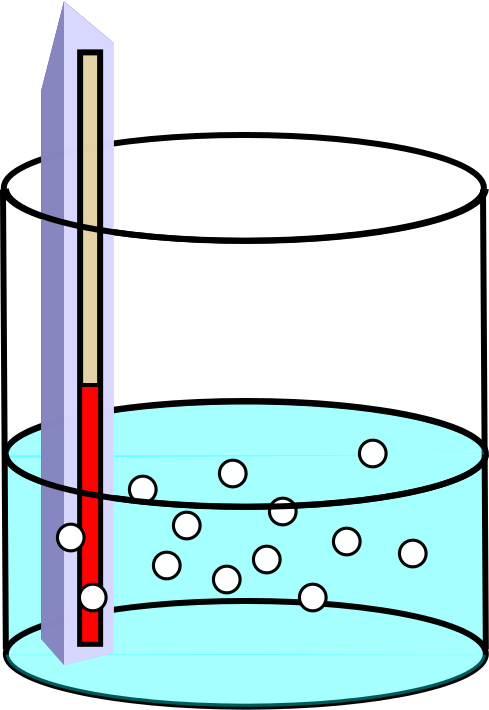Variables
What exactly is a variable?
To a mathematician, a variable is an abstract representation of an element of a set,
whether specified (known value) or unspecified (unknown value).
In college algebra and calculus, the sets are usually sets of numbers so that a
variable is an abstract representation of a number.
This is why Section 0.1 of the textbook begins with a study of sets of numbers.
However, in order to make connections with our broader experience and to prepare
for future connections, we should not think just as a mathematician.

To a scientist, a variable represents a measurable aspect of a scientific experiment
or condition. Calculus was not invented as a mathematical curiosity; it was invented
as a tool by which we can understand science. Indeed, one of the father's of science,
Galileo wrote in The Assayer:
[The Universe] cannot be understood unless one
first learns to comprehend the language and interpret the characters in which it is
written. It is written in the language of mathematics.
Some aspects of an experiment can be controlled, and measurements of these aspects
give us independent or control variables.
Other aspects of an experiment are natural results of the physical condition
and give us dependent variables.
In science, variables always have a corresponding dimension or
unit of measurement.
The scientific method guides scientists in their experiments.
Scientists begin with a hypothesis that they believe explains a certain physical
behavior.
 They design an experiment that has very precise controlled conditions
and their hypothesis makes a prediction about the outcomes of the experiment.
Measurements are required to set up the conditions of the experiment and measurements
are required to observe the outcomes of the experiment.
This is the source of our variables.
They design an experiment that has very precise controlled conditions
and their hypothesis makes a prediction about the outcomes of the experiment.
Measurements are required to set up the conditions of the experiment and measurements
are required to observe the outcomes of the experiment.
This is the source of our variables.
For example, consider the experiment to observe the heat of reaction for two compounds
in solution. The experiment will require measuring the volume of water and the masses
of the two reactants. This will give us three control variables. When the reactants are
mixed, the reaction occurs and the experiment will then require measuring how much
heat has been released (probably by measuring a change of temperature). The released
heat becomes the dependent variable.
One of the most basic goals of science is to create predictions of experimental
outcomes based on the conditions of the experiment. In other words, scientists
seek to find relations between the independent variables and the dependent
variables. Data from experiments are usually summarized in tables and graphs.
A relation is identified when a pattern is found such that one or more of the
control variables can explain or predict the value of the dependent variable.
In mathematics, a relation where the independent variable explains (or predicts)
the dependent variable is called a function, which is the topic of Section 0.4.
In science, dependent variables result from measurements in experiments. If we wanted
to use these measurements to make a prediction, then we would constantly be required
to look up values in a table or read off values from a graph. Mathematically,
there is another way to create dependent variables — through calculation.
Every formula, which we call an expression, is a dependent variable. If
the formula does not depend on the independent variable, we say it is a constant
expression.
If we can find an expression (formula) that does a good job of matching the
observations from experiment, we say that our expression is a model.
With a model, we can use the formula in place of looking up values in a table or figure.
Most functions that you see in a mathematics course should be considered in the context
of being a model for some unspecified experiment.
The next concept to think about is the idea of an
equation, and it is there that we
will actually start to look at some algebra.
Or go back to the table of contents.
 They design an experiment that has very precise controlled conditions
and their hypothesis makes a prediction about the outcomes of the experiment.
Measurements are required to set up the conditions of the experiment and measurements
are required to observe the outcomes of the experiment.
This is the source of our variables.
They design an experiment that has very precise controlled conditions
and their hypothesis makes a prediction about the outcomes of the experiment.
Measurements are required to set up the conditions of the experiment and measurements
are required to observe the outcomes of the experiment.
This is the source of our variables.
